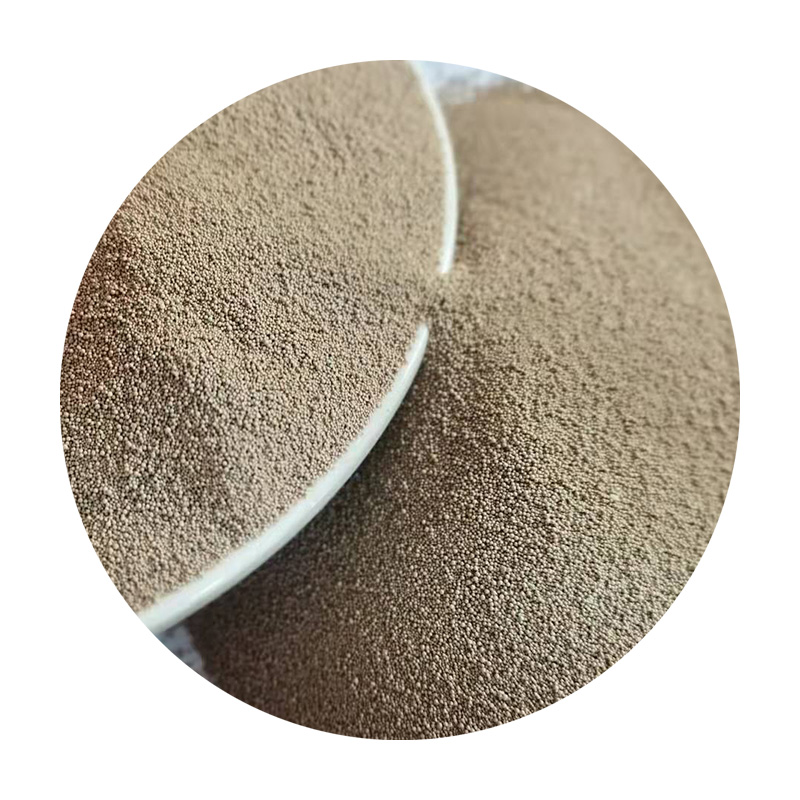The Art and Science of Sanding Clear Resin
Sanding clear resin is a vital process in the world of crafting and manufacturing, especially in the realms of woodworking, art, and model-building. Clear resin, known for its transparency and durability, is often used in creating various objects ranging from decorative pieces to functional items. However, achieving a flawless finish requires meticulous attention to detail, and sanding plays a crucial role in this process.
Understanding Clear Resin
Clear resin is typically a type of epoxy resin that cures to form a clear, solid material. Its properties make it ideal for embedding objects, creating glossy surfaces, and producing intricate designs with depth and clarity. While the resin itself can be poured to form shapes and molds, the surface often needs refinement to enhance its appearance and tactile quality. This is where sanding becomes essential.
The Sanding Process
Sanding clear resin is not as straightforward as it may seem. The process involves several steps to ensure that the final product is smooth, shiny, and free from imperfections. Here’s a breakdown of how to properly sand clear resin
1. Let It Cure After pouring the resin, it is crucial to allow it to cure completely. Epoxy resins can take anywhere from 24 to 72 hours to fully harden, depending on the specific product and environmental conditions. Rushing this step can lead to gummy or uneven surfaces.
2. Start with Coarse Grit Begin the sanding process with a coarse grit sandpaper, typically in the range of 80 to 120 grit. This initial sanding is intended to remove any larger imperfections, such as bubbles, drips, or uneven surfaces. It's important to sand evenly to avoid creating new indentations.
sanding clear resin

3. Progress to Finer Grits After the initial sanding, gradually move to finer grits, such as 220, 320, and eventually up to 600 grit. This step smoothens the surface further and prepares it for polishing. Each grit should be used until the previous scratches are no longer visible, ensuring a smooth transition.
4. Wet Sanding For the clearest finish, consider wet sanding. This technique involves using water to lubricate the sandpaper during the sanding process, which reduces dust and allows for a finer finish. It can help avoid the overheating of the resin, which can lead to cloudiness or burn marks.
5. Polishing Once you’ve achieved a smooth surface with fine grit sandpaper, the final step is polishing. Utilizing a polishing compound or a specialized resin polish can restore the clarity and enhance the shine of the surface. A buffing wheel or a soft cloth can be effective in this step.
Tools and Tips
To achieve the best results when sanding clear resin, using the right tools is imperative. Invest in quality sandpaper, and consider using an orbital sander for larger surfaces to save time. Remember to wear a mask and protective eyewear, as sanding can produce fine dust that is not safe to inhale.
Conclusion
Sanding clear resin is an art that requires patience, precision, and practice. From the initial coarse grit to the final polishing, each step plays a critical role in transforming a rough pour into a beautifully finished piece. Whether you are crafting a stunning table, creating functional art, or making jewelry, mastering the sanding process will elevate your work and allow the resin’s inherent beauty to shine through. With dedication and attention to detail, the final result will undoubtedly be a captivating clear resin piece, showcasing both your craftsmanship and the material's unique properties.
Post time:Jul . 28, 2024 13:33
Next:Exploring the Benefits and Uses of Ceramic Sanding Discs for Efficient Surface Finishing
